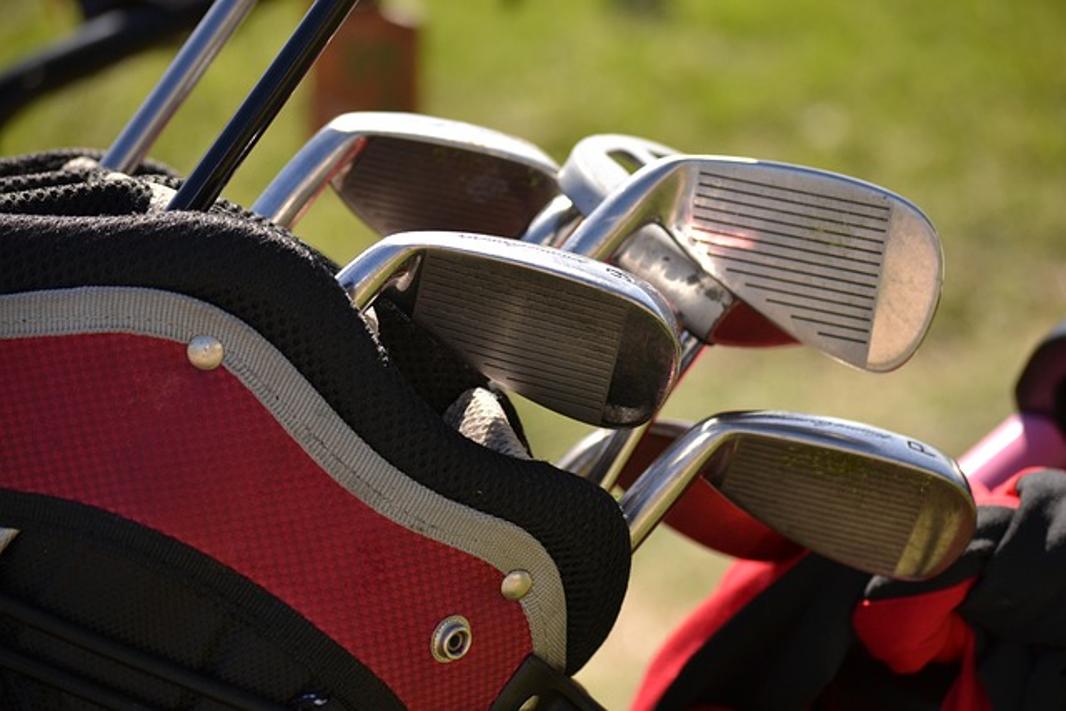Introduction
Golfers at every level have experienced the dreaded slice. This common misfire sees the ball curving dramatically to the right for right-handed players or to the left for left-handed players, resulting in lost distance and accuracy. Understanding what a slice is, why it happens, and how to fix it can significantly enhance your game. In this comprehensive guide, we’ll delve into the intricacies of the golf slice, exploring its causes, diagnosing tips, corrective measures, and helpful drills to keep you on the fairway.

Understanding a Slice in Golf
A slice in golf is a shot that curves sharply from left to right for right-handed players and from right to left for left-handed players. This unintended trajectory can turn a promising drive into a frustrating misadventure, often sending the ball into rough terrain, hazards, or out of bounds. It’s the nemesis of many golfers, but understanding it is the first step to conquering it.
The primary cause of a slice is an open clubface at impact, combined with an out-to-in swing path. This combination imparts a side-spin to the ball, causing it to veer off course. Although it’s more common among amateur golfers, even seasoned professionals sometimes struggle with slicing. By identifying the root causes and executing the proper techniques to fix it, golfers can dramatically improve their performance on the course.

Causes of a Golf Slice
Several factors contribute to a golf slice. Understanding these causes can help you prevent and correct this persistent issue:
- Grip: An incorrect grip can lead to an open clubface at impact. Ensure your hands are positioned correctly, with the V’s formed by your thumb and index finger pointing towards your shoulder.
- Stance: An improper stance can cause your swing path to be off. Your body should be aligned parallel to the target line, with your feet shoulder-width apart.
- Swing Path: The most common cause of a slice is an out-to-in swing path. This occurs when the club moves across the ball from outside the target line to inside.
- Clubface Position: An open clubface at the moment of impact can produce a slice. This can result from an improper grip, wrist action, or simply not rotating the forearms during the swing.
- Weak Left Hand (for right-handed golfers): A weak left hand (or lead hand for lefties) fails to control the clubface, leading to an open face at impact.
- Weight Distribution: If your weight shifts incorrectly during the swing, it can affect your balance and swing path. Ensure your weight transitions smoothly from your back foot to your front foot.
By addressing these underlying issues, you can start to correct your slice and hit straighter, more accurate shots.
Diagnosing Your Slice
Before correcting a slice, you need to diagnose why it’s happening. Here’s how:
- Video Analysis: Record your swing from different angles. This can help you see if your swing path is out-to-in or if your clubface is open at impact.
- Divots: Check the direction of your divots. A divot pointing to the left indicates an out-to-in swing path for right-handed golfers (and vice-versa for left-handed golfers).
- Ball Flight: Observe the flight of your ball. A high left-to-right curve indicates a slice for right-handed players. Note where it starts and how it curves.
- Grip Check: Evaluate your grip pressure. If you’re gripping too tightly, it might cause an open face.
- Feedback from Golf Instructors: Sometimes, a seasoned eye can spot a flaw that you might miss. Seek advice from a professional instructor.
Accurately diagnosing your slice will allow you to target your corrections more effectively.

How to Fix a Golf Slice
Now that you’ve diagnosed the causes of your slice, it’s time to address them with targeted fixes:
- Adjust Your Grip: Ensure that your grip isn’t too weak. Rotate your hands slightly clockwise on the club for right-handed golfers (counterclockwise for left-handed golfers). Your thumbs should point towards your right shoulder.
- Align Your Stance: Proper alignment is key. Stand parallel to your target line with feet shoulder-width apart. Your shoulders, hips, and feet should be square to the target line.
- Correct Swing Path: Focus on an inside-to-outside swing path. Practice swinging under a stick or alignment rod to guide your swing path correctly.
- Square the Clubface: Work on squaring the clubface at impact. This may involve strengthening your grip or adjusting your wrist action during the swing.
- Shift Your Weight: Ensure your weight is shifting correctly from your back foot to your front foot. Practice weight shift drills to improve balance and coordination.
- Rotate Your Forearms: Proper forearm rotation through the shot helps square the clubface. Practice with slow swings to feel the right movement.
- Practice: Consistent practice is crucial. Hit balls at the range with focused effort on ensuring the changes you’ve made are becoming habitual.
By implementing these adjustments, you can reduce and eventually eliminate your slice.
Drills and Practices to Correct a Slice
Practicing specific drills can help reinforce the changes you’ve made to fix your slice. Here are a few effective ones:
- Inside-to-Out Path Drill: Set up an alignment stick or head cover just outside your ball. Practice swinging so the club stays inside the stick or cover. This encourages an inside-to-out path.
- Clubface Control Drill: Place a tee in the ground and practice making small swings to hit the tee with a square clubface. Gradually increase the length of your swing while maintaining clubface control.
- Weight Transfer Drill: Practice hitting balls with an exaggerated weight shift. Focus on shifting your weight from your back foot to your front foot smoothly.
- Forearm Rotation Drill: Use a glove under your lead arm’s armpit. Practice swinging while keeping the glove in place. This helps you feel and practice the proper forearm rotation.
Consistent practice with these drills will help instill the correct mechanics to eliminate your slice.
Conclusion
Conquering a golf slice involves understanding its causes, accurately diagnosing the issue, and implementing practical fixes. By adjusting your grip, stance, swing path, and clubface control, you can dramatically improve your game. Practical drills further reinforce these changes, helping you develop a more reliable and accurate shot. Remember, consistent practice is key to eliminating a slice and enjoying a more rewarding golf experience.
Frequently Asked Questions
What causes a slice in golf?
A slice in golf is caused by an open clubface at impact and an out-to-in swing path. Poor grip, improper stance, and incorrect weight transfer can also contribute to slicing.
How can I tell if I have a slice?
You have a slice if your ball consistently curves from left to right (for right-handed golfers) or right to left (for left-handed golfers). Checking your divots and ball flight can help diagnose this.
What drills can I do to fix a slice?
Effective drills include the inside-to-out path drill, clubface control drill, weight transfer drill, and forearm rotation drill. These exercises help correct swing mechanics and clubface alignment to eliminate your slice.
